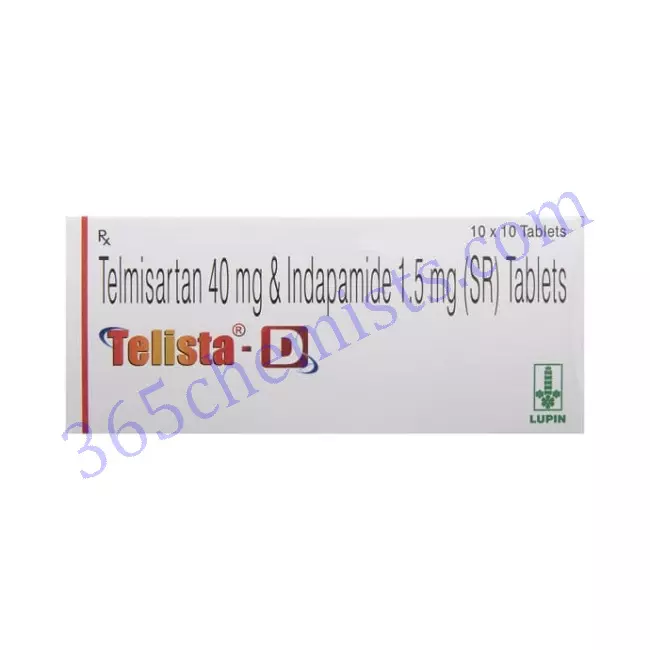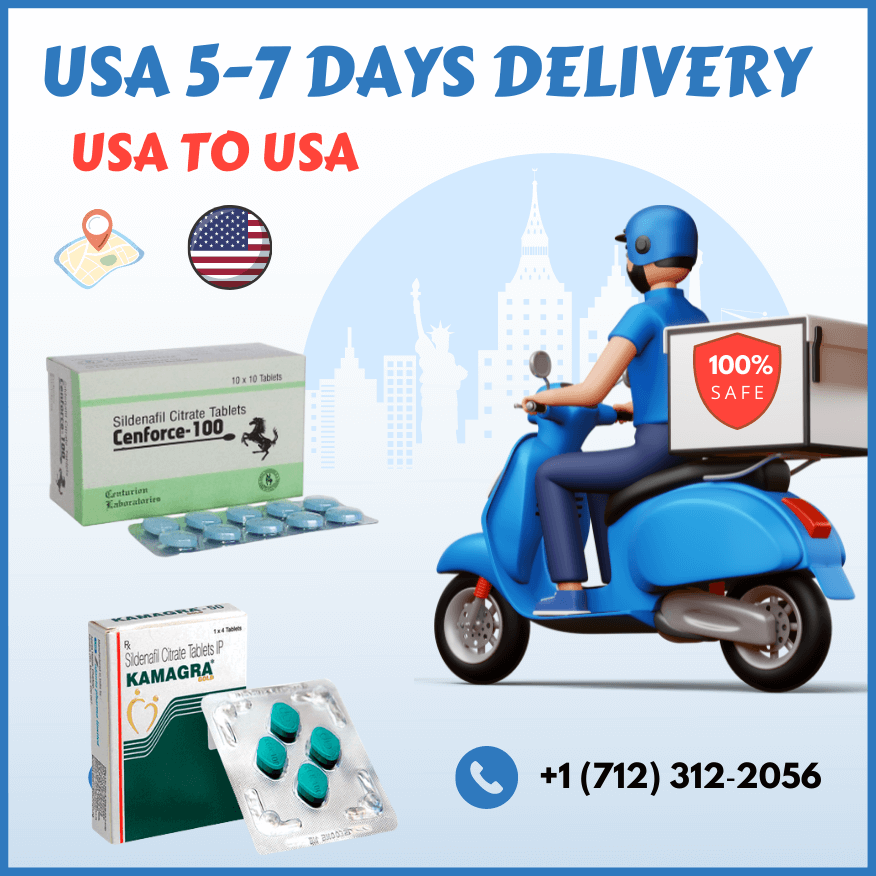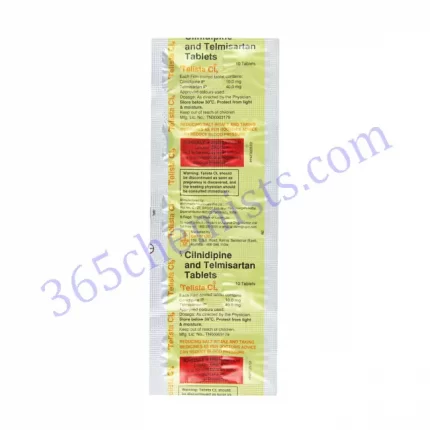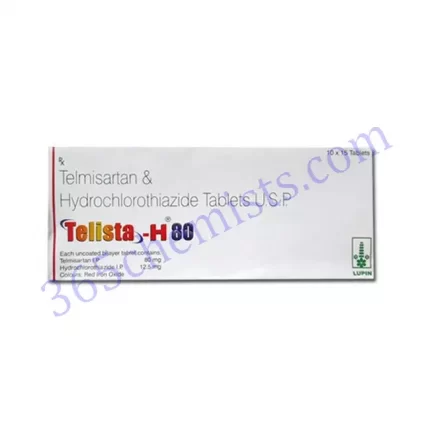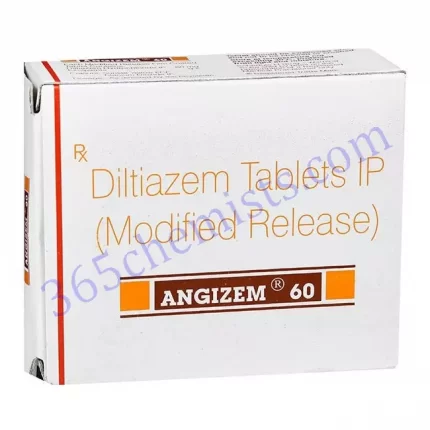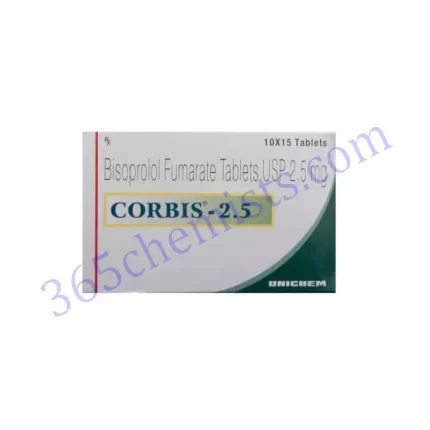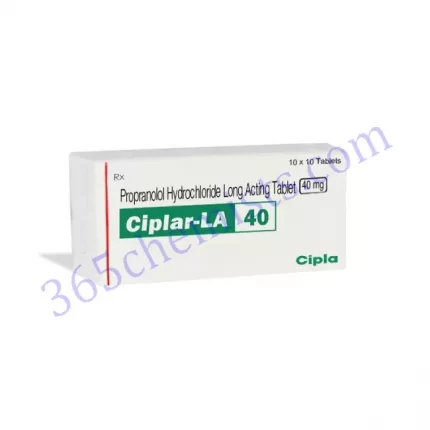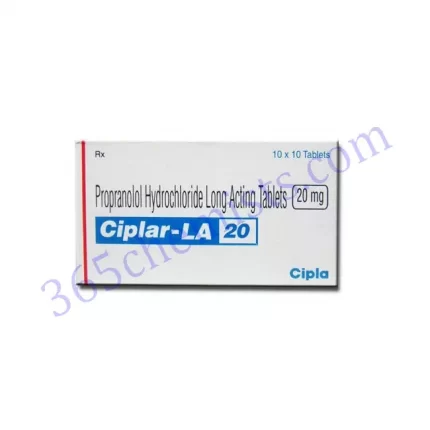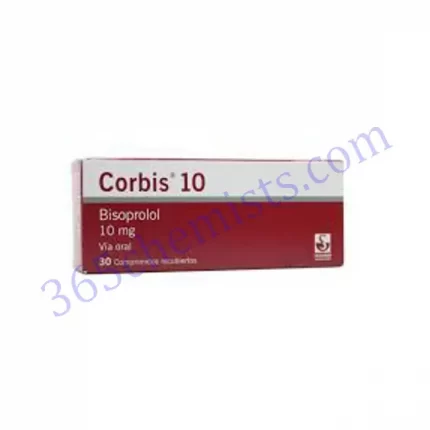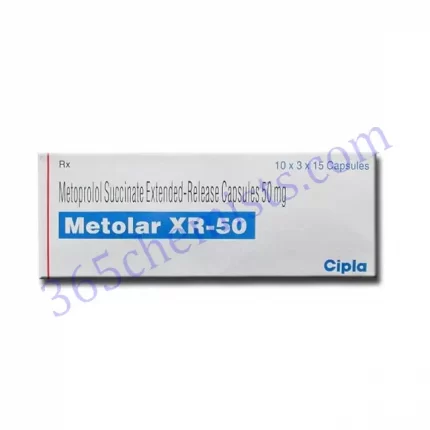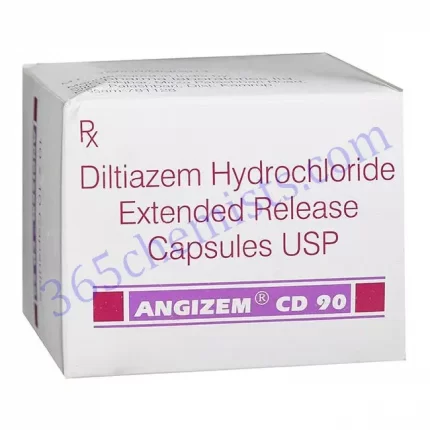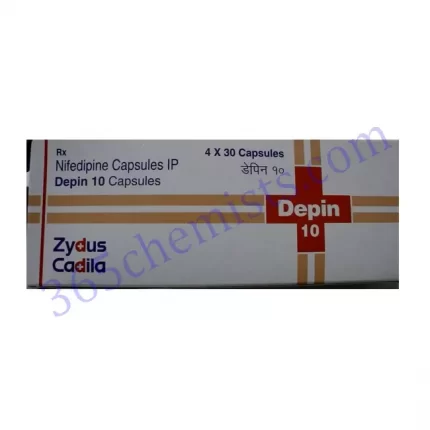Telista D Tablet (Telmisartan 40mg/Indapamide 1.5mg):
Telmisartan and Indapamide are the two substances that are responsible for the therapeutic effects of the combination medication known as Telista D Tablet. Telmisartan is classified as an angiotensin II receptor blocker (ARB), whereas indapamide is a thiazide-like diuretic. Both of these medications are used to treat high blood pressure. The treatment of hypertension, also known as high blood pressure, frequently makes use of this combination. In this article, we will discuss the applications of Telista D Tablet, as well as the dosage, any potential adverse effects, and other essential information.
Uses of Telista D Tablet:
Hypertension: The primary indication for the use of Telista D Tablet as a treatment is for the management of hypertension. Because of the combined mechanisms of action, it is effective in bringing under control elevated blood pressure. Telmisartan prevents angiotensin II, a hormone that causes blood vessels to constrict, from exerting its effect. As a result, blood vessel relaxation is facilitated, which in turn results in a reduction in blood pressure. The excretion of sodium and water from the body is increased by indapamide, which results in a reduction in the volume of blood and contributes further to the lowering of blood pressure.
Dosage and Administration:
When taking a Telista D Tablet, make sure to do so in accordance with the instructions provided by your healthcare provider. It is possible for the dosage to change depending on the age of the patient, their condition, and how well they respond to the treatment. It is typically only taken once per day, in the morning if possible, and can be consumed with or without food. Take the tablet as directed, along with a full glass of water. Do not chew or crush the tablet in your mouth. If you forget to take a dose, you should take it as soon as you realise you forgot. If, on the other hand, it is nearly time for the next dose, you should skip the dose you missed and carry on with the regular dosing schedule. To compensate for a missed dose, you should not take two doses at once.
Related Product
Telista 20 Tablet
Telista 40 Tablet
Telista 80 Tablet
Telista CL Tablet
Telista MT 25 Tablet
Telista MT 50 Tablet
Telista Plus 40 Tablet
Telista Trio CL Tablet
Telista AM 80 Tablet
Telista AM Tablet
Telista AMH Tablet
Telista CH 40/12.5 Tablet
Telista CH 40/6.25 Tablet
Telista CH 80 Tablet
Telista D Tablet
Telista H 80 Tablet
Telista H Tablet
Side Effects of Telista D Tablet:
Telista D Tablet, like any other medication, carries with it the potential to cause side effects in some people. Some examples of common adverse effects include:
- Lightheadedness or dizziness is a side effect that has been reported by some people who take the Telista D Tablet. It is recommended that you refrain from engaging in activities that require mental alertness until you are aware of how the medication affects you. Some examples of these activities include driving and operating heavy machinery.
- Electrolyte Imbalance Indapamide, the component of Telista D Tablet that acts as a diuretic, has the potential to cause electrolyte imbalances such as low potassium levels. This can result in symptoms such as a weakening of the muscles, feelings of exhaustion, and an irregular heartbeat. The levels of electrolytes should probably be checked on a regular basis.
- Disturbances of the Gastrointestinal Tract The Telista D Tablet may cause disturbances of the gastrointestinal tract, including nausea, vomiting, and discomfort in the stomach. It’s possible that reducing the dosage or taking the medication with food will help alleviate these symptoms.
It is essential to keep in mind that not everyone will have these adverse reactions to the medication. Telista D Tablet is well tolerated by the vast majority of patients, and the benefits of this medication typically outweigh any potential side effects.
Precautions and Warnings:
Before beginning treatment with Telista D Tablet, it is essential to discuss any pre-existing medical conditions or allergies you may have with your healthcare provider. In order to prevent any possible adverse reactions caused by drug interactions, it is essential to disclose any and all other medications that are being taken, including over-the-counter drugs and herbal supplements.
Patients who have severe kidney disease or anuria (the inability to produce urine) are not candidates for treatment with Telista D Tablet, as this medication may not be safe or effective for them. While you are taking this medication, it is essential to carefully follow any directions given to you by your doctor or other healthcare professional and to get routine checkups so that your blood pressure, electrolyte levels, kidney function, and overall health can be monitored.
Conclusion:
A combination medication called Telista D Tablet (Telmisartan 40 mg/Indapamide 1.5 mg) is used to treat hypertension. This medication comes in tablet form. The advantages of diuretic therapy and angiotensin II receptor blockade are combined in this method for the purpose of controlling high blood pressure more effectively. Although Telista D Tablets could potentially cause some adverse effects, in general, people tolerate them quite well. It is essential to take the Telista D Tablet exactly as directed by your healthcare provider and to comply with all of their recommendations. Consult your healthcare provider for individualised guidance and support in the event that you have any worries or questions regarding this medication.

